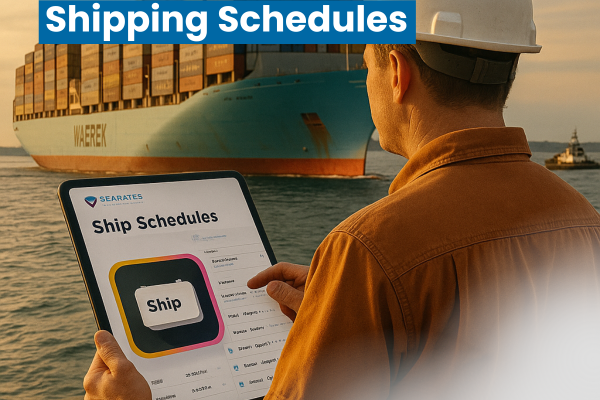Shipping schedules are critically important to the time management of your import and export consignments, and unsurprisingly, some shippers like to consult the container lines’ timetables themselves. Knowing when your cargo will arrive is essential for planning, customer satisfaction, and overall supply chain efficiency, so we understand why our clients are sometimes keen to arm themselves with as much information as possible.
There is a lot to consider when choosing the vessel, voyage and dates that are just right for your order, and a certain amount of knowledge and experience is needed to avoid some of the common pitfalls of the shipping industry. Due to these complexities, we normally recommend you check with us, as your Broker, and allow us to guide you when it’s time to book your freight. Nevertheless, here are some guidelines to assist with interpreting schedules.
Reliability of Schedules:
In their vessel schedules, shipping carriers communicate an estimated time of departure (ETD) at the port of origin, and an estimated time of arrival (ETA) at the port of destination, as well as all the stops along the way. Understanding them properly involves knowing all the associated details like cut-off times, transit times, routes, and space availability.
Carriers usually publish their planned itineraries on their own websites, and these are adjusted and updated by various other industry sources. They are based on historical average travel times recorded over a long period and under normal sailing conditions. It is not uncommon for times to vary after timetables have been published, especially when there is congestion and delays at any of the interim ports.
As your Broker, we use the most up-to-date methods to continually monitor shipping movements. These days, there is heightened accuracy in reporting, due to GPS, connected devices and vessel monitoring systems (VMS), which provide real-time information about a ship’s location and progress.
A welcome innovation comes from the container line ONE (Ocean Network Express), which has recently launched a ‘port status report’ covering Europe and Africa. This is a great feature for shippers wanting to get an overview of the state of congestion at major ports. Importantly, it also breaks down waiting time to berth at an individual vessel level and unexpectedly shows that, even in some congested ports, not all containerships necessarily suffer from extended waiting times.
The reality is, however, that global schedule reliability fluctuates between 60%-70%, meaning up to 40% of ships arrive late. Most ‘schedule reliability’ reports actually measure schedule accuracy, meaning they don’t account for omitted ports or Blank Sailings – carriers can simply omit ports as a recovery measure, often leaving exporters scrambling for alternatives.
Blank Sailings:
The issue of ‘Blank Sailings’ is a trap for inexperienced shippers to watch out for. This term refers to a situation where a shipping line cancels a scheduled voyage or skips a port of call on a route. It can be done to manage capacity, respond to changes in demand, optimise the shipping network, or reduce costs. Essentially, it’s when a planned sailing is removed, not just delayed.
Reasons for Blank Sailing include:
Low Demand – holiday Seasons/market conditions;
Port Congestion;
Fleet Management / mechanical issues:
Factors Affecting Shipping Schedules:
– Operational Challenges: Weather conditions, port congestion, and other unforeseen circumstances can impact schedule reliability.
– Schedule Reliability: Liner shipping schedules are often prone to delays and disruptions.
– Data Sources: Schedule information can be found on shipping lines’ websites, through API integrations, or from live vessel location data (AIS)
The Bottom Line:
Container line shipping schedule reliability isn’t just about ‘on-time’ arrivals – it’s about consistency, predictability, and visibility.
Trust Colless Young as your experienced Broker to interpret the nuances of reliability, stability, and accuracy in shipping schedules. We work with you to make smarter logistics decisions, reduce costs, and minimise disruptions.
For more information about shipping schedules for all major shipping lines – and freight rates – give us a call at Colless Young. Talk to Andrew, Tel: +61 7 3890 0800 email enq@collessyoung.com.au.

